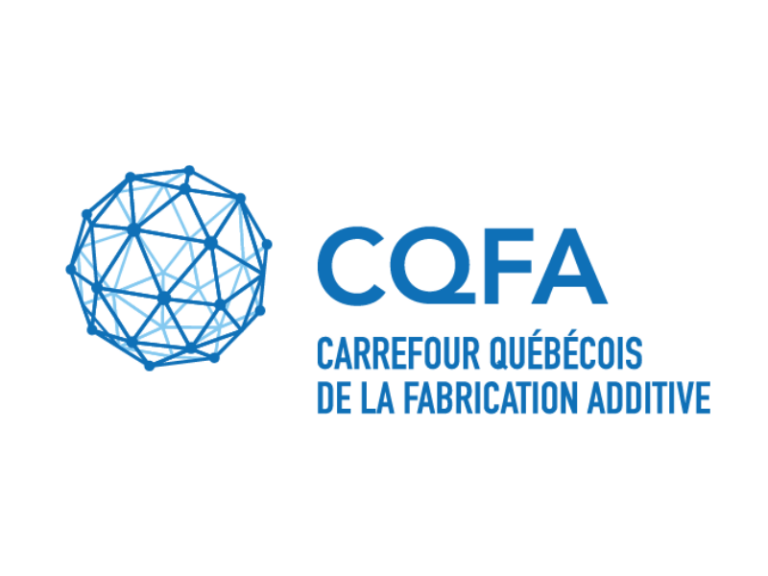
2023/02/14
Maraging Steel Powder Alteration Caused by 3D Printing Process and Powder Recycling
Rayan, O.; Brousseau, J.; Belzile, C.; El Ouafi, A. (2022). Maraging Steel Powder Alteration Caused by 3D Printing Process and Powder Recycling. Preprint.
Metallic additive manufacturing (AM) technologies have recently drawn a lot of interest, notably in the aerospace, automotive, and biomedical fields, as they allow a great degree of design flexibility, perform well mechanically, and reduce material waste. As long as the unfused powder is sieved and recycled for the next print, AM is a green and clean process. However, the recycled powder is prone to several modifications during the course of printing that may affect the mechanical properties of finished components. The study examines the phenomenon of powder degradation caused by laser powder bed fusion (L-PBF) printing process and the reuse of the powder. The experiments were conducted on a laser powder bed fusion printer. Maraging steel was chosen because there are very few studies on the alteration of this type of powder. The effects of part location, distance between parts, lattice structure on powder characteristics are investigated. Results show that powder particles are not uniformly distributed over the powder bed, coarsening toward the collecting bin. Nevertheless, the gas filtration system that transports spatters and fumes has no noticeable effect on the powder bed particle-size distribution (PSD). Analyses of the powder spread over the build plate reveal that the PSD shifts toward larger particles with a considerable drop in the percentage of fine particles as the spacing between printed parts is decreased. Printing lattice structures have a substantial impact on the PSD of the powder bed and produced a huge amount of spatters, aggregates, ‘‘Clip-Clap”, elongated particles, broken particles, shattered and deformed particles. As the study shows, the PSD of the powder became coarser and their particles morphology was altered after 12 reuses.